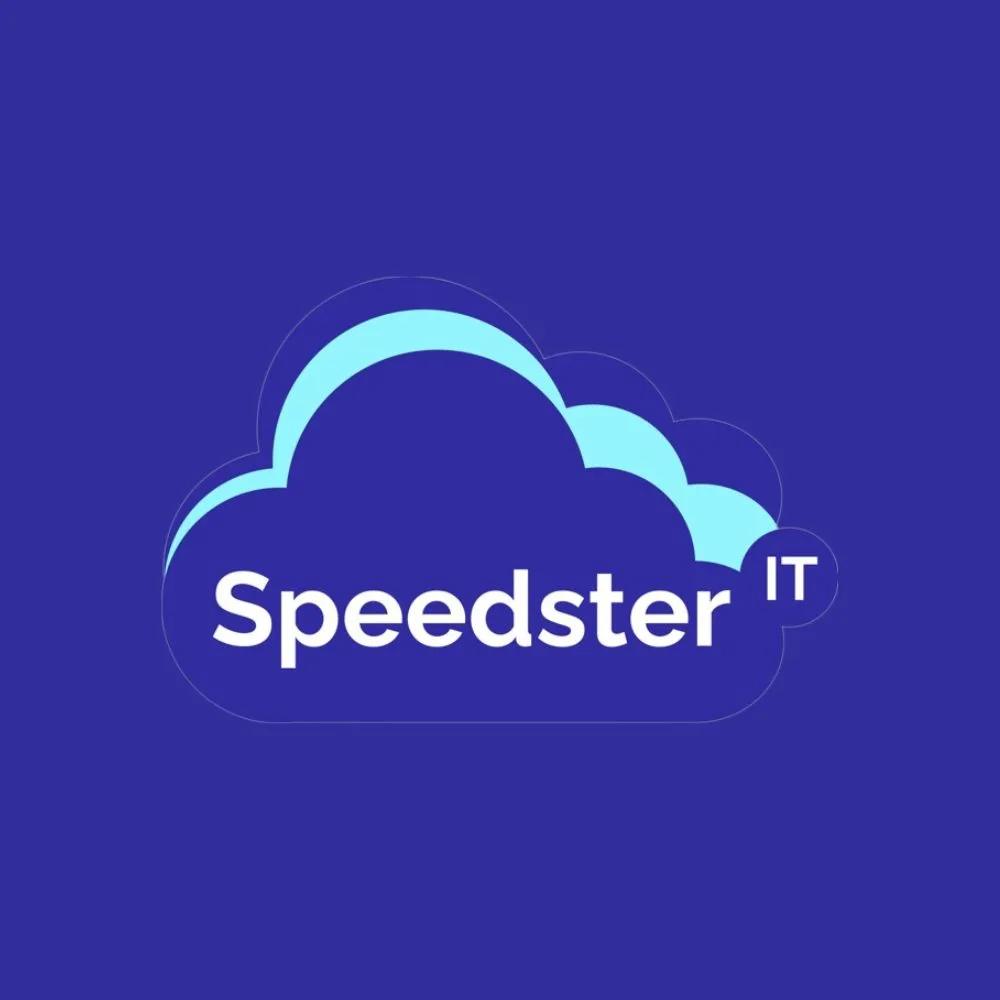6 Warning Signs Your IT Infrastructure Needs an Urgent Upgrade in 2025
No business wants to stagnate. But treat your IT infrastructure like an afterthought and you could be severely limiting your company’s potential. Let aging systems continue operating as is, and they could quickly turn into a business liability.
Yet there are real barriers that prevent businesses from investing in their IT infrastructure, including:
- Time. Big projects can eat up this limited resource and can detract from innovation and basic business operations.
- Lack of know-how. IT professionals have full-time jobs as it is. The expectation that they can learn all they need to know about a system update while completing their day-to-day can be too overwhelming in some cases.
- Resistance to change. Making a switch to something completely different is intimidating, especially if you’ve worked with the same systems for years and its now an Outdated IT Infrastructure.
- Cost! The initial sticker shock that comes with investing in new technology can be significant. But despite these challenges, most businesses recognise the need to stay on the cutting edge.

According to Spiceworks’ 2025 State of IT Report, 64% of companies increasing their IT budgets in 2025 say the need to upgrade outdated IT infrastructure continues to be the biggest driver. Is your current infrastructure scalable, flexible, and agile enough to keep you competitive? These six issues signal, your dealing with an Outdated IT Infrastructure an IT infrastructure update is definitely on the horizon.
Sub-optimal workflows and processes with an Outdated IT Infrastructure
often means you’re working within the constraints of the platform, rather than best practice. It also means you likely aren’t performing at your industry benchmark and missing out on new opportunities for growth “ 30% of your company’s revenue could be lost to inefficient workflows.”
Missed opportunities with an Outdated IT Infrastructure
Cloud and big data offer huge opportunities to businesses, and organisations capitalising on them have an advantage over their competitors. As you forgo these advancements, what results is segregated systems and departments. ‘Data-driven organisations are 23 times more likely to acquire customers, 6 times as likely to retain customers and 19 times as likely be profitable as a result. “
Siloed systems and departments Equal Outdated IT Infrastructure
Legacy systems are ill-equipped to facilitate collaboration. Lack of communication results quickly in falling productivity. ‘57% of organisations struggle with data silos. 56% say they are a barrier to meeting their business objectives’
Flatlining productivity
Falling short of deadlines? Projects running late? You might be spending more time fixing software and developing workarounds with an Outdated IT Infrastructure, than actually working which also compromises your ability to respond to change in real time.
‘£1.8 billion is lost each year in wasted productivity due to obsolete technology.’
Inability to respond in real-time with an Outdated IT Infrastructure
Change is the only constant, and legacy systems restrict how quickly you and your business can adapt. If you’re unable to meet market trends, you’ll quickly see plummeting sales figures.
Nonexistent or actively falling sales
If your business doesn’t look like it’s meeting the same need as your competitors, their bottom line will benefit. ‘90% of people said that dealing with a company that uses Outdated IT Infrastructure would cause them to consider taking their business elsewhere due to concerns over security, privacy or user-friendly convenience.
Just like your employees, your IT infrastructure is a growing, changing system, one that must be actively assessed again and again.
As your network traffic increases, user needs change, data volumes grow, or stakeholder expectations shift, your IT systems must follow suit.
If you’re still having a hard time justifying the cost of updating your Outdated IT Infrastructure, remember there’s often even bigger costs – and substantial risk – associated with preserving the status quo.
Concentrate on the updates that help your business expand, and you can easily justify the initial expense, no matter how many zeros there are on the invoice. As Jon Wrennall, technology executive in the UK and Ireland put it in an interview with TechRadar:
“IT is like a car – whichever way you use one, it always costs money. It will never come for free; it needs looking after. At some point, it will break down or get vandalised…
Let aging systems continue operating as is, and they could quickly turn into a liability. Contact us to see how to keep ahead of the curve with our IT Procurement Services for Business

With over 15 years at Speedster IT, I’ve built a career around helping businesses navigate the evolving world of technology. I publish all the content for the IT Support London Blog and Cyber Security Blog, where I share practical insights on infrastructure upgrades, cybersecurity trends, and smart IT strategies for growing companies.
